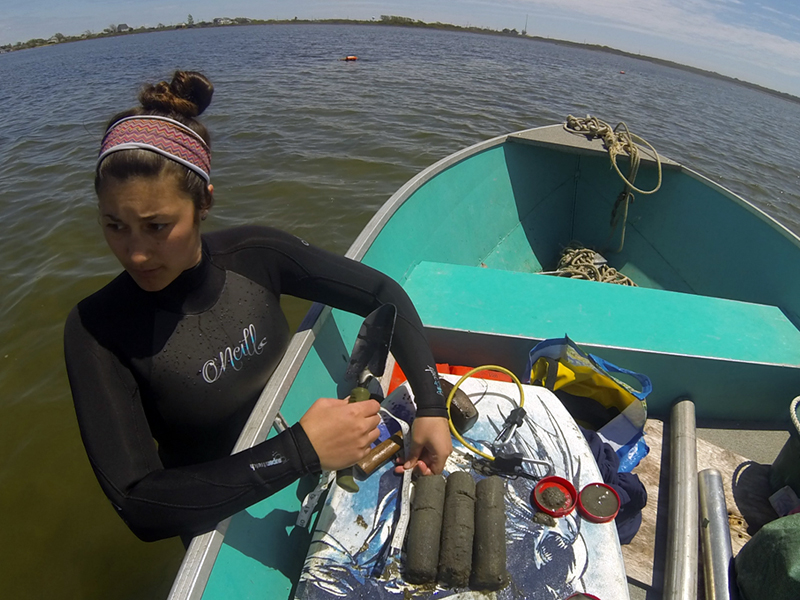According to blogger Chelsea Duball, “Oysters are praised as ecosystem engineers. They have the natural capacity to clean major waterways by filtering up to 50 gallons of water a day! During this process, an oyster feeds off particulate matter and nutrients in natural waters. They use both to grow and reproduce.”
“Their growing process creates waste, though. Excess nutrients, particulates, and poop (yes, oysters poop!), are called ‘biodeposits’,” says Duball. “These fast-sinking biodeposits are rich in nitrogen and carbon. They also have the potential to accumulate on the seafloor. This can affect the underlying subaqueous soils and potentially overwhelm critters that live on – and in – them. For this reason, oyster farming is a methodical process that requires skill, environmental knowledge, and careful consideration.”
Once oysters are large enough in size, oyster farmers use two primary means to growing oysters:
- Bottom practices allow oysters to grow under natural condition, as they are placed onto the subaqueous soil surface and exposed to the elements.
- Off-bottom practices keep oysters in confined containers. This method provides several advantages.
A scientific study revealed that oyster aquaculture had no net-negative impacts on the soils. To learn more about oyster aquaculture, read the entire blog post: https://soilsmatter.wordpress.com/2020/07/01/how-are-oysters-farmed-and-whats-the-effect-on-subaqueous-soils/
Follow SSSA on Facebook at https://www.facebook.com/SSSA.soils, Twitter at SSSA_Soils. SSSA has soils information on www.soils.org/discover-soils, for teachers at www.soils4teachers.org, and for students through 12th grade, www.soils4kids.org.
The Soil Science Society of America (SSSA) is a progressive international scientific society that fosters the transfer of knowledge and practices to sustain global soils. Based in Madison, WI, and founded in 1936, SSSA is the professional home for 6,000+ members and 1,000+ certified professionals dedicated to advancing the field of soil science. The Society provides information about soils in relation to crop production, environmental quality, ecosystem sustainability, bioremediation, waste management, recycling, and wise land use.
Original post https://alertarticles.info




